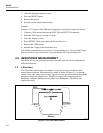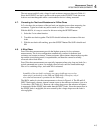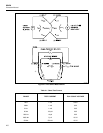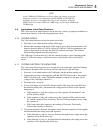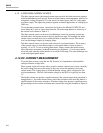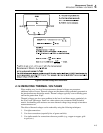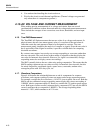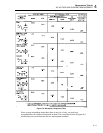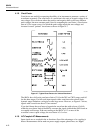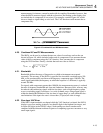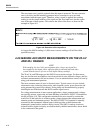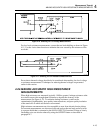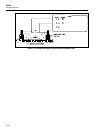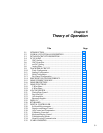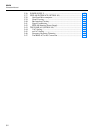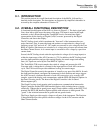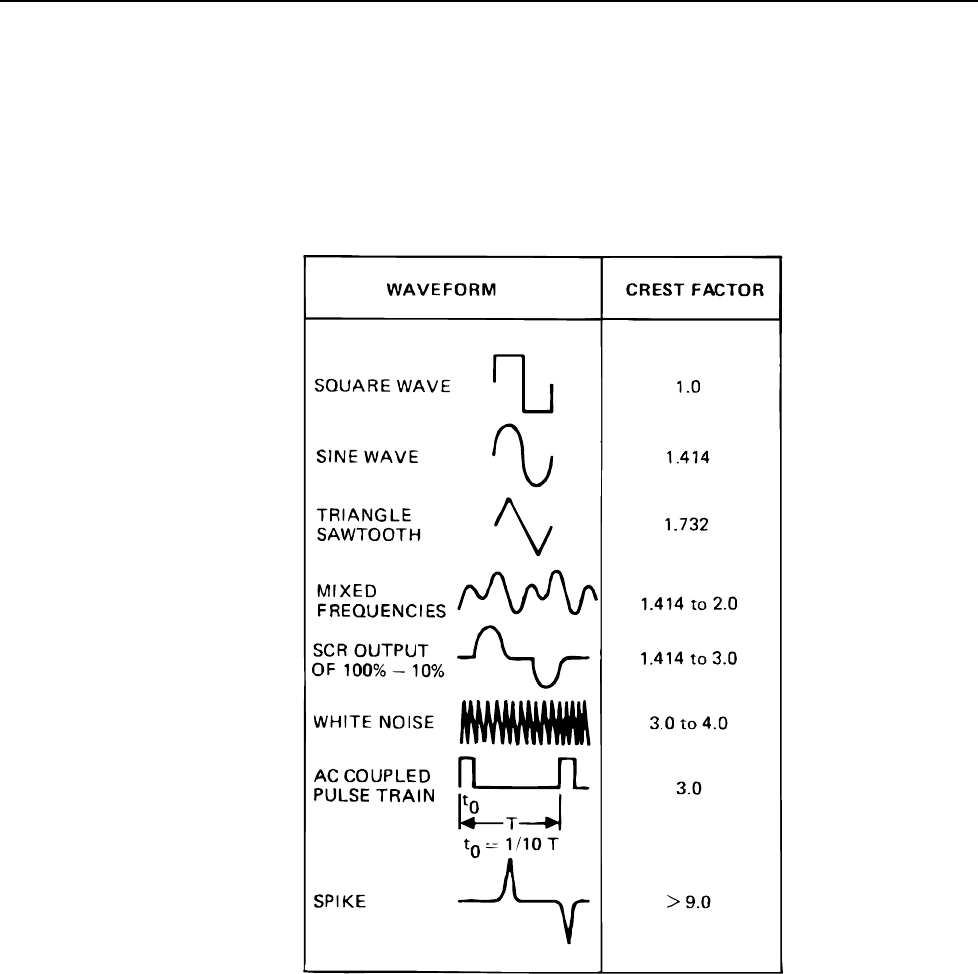
8842A
Instruction Manual
4-12
4-18. Crest Factor
Crest factors are useful for expressing the ability of an instrument to measure a variety of
waveforms accurately. The crest factor of a waveform is the ratio of its peak voltage to its
rms voltage. (For waveforms where the positive and negative half-cycles have different
peak voltages, the more extreme peak is used in computing the crest factor.) Crest factors
start at 1.0 for square waves (for which the peak voltage equals the rms voltage) and
increase for more "pointed" waveforms as shown in Figure 4-7.
f4-07.wmf
Figure 4-7. Typical Crest Factors for Various Waveforms
The 8842A has a full-scale crest factor limit of 3.0 for the 20V and 700V ranges, and 6.0
for the other ranges. For full-scale input signals with a crest factor above these limits,
dynamic range limitations can begin to cause large errors. However, as Figure 4-7 shows,
signals with a crest factor above 3.0 are unusual.
If you don’t know the crest factor of a particular waveform but wish to know if it falls
within the crest factor limit of the 8842A, measure the signal with both the 8842A and an
ac-coupled oscilloscope. If the rms reading on the 8842A is 1/3 or more of the
waveform’s zero-to-peak voltage, the crest factor is 3.0 or less.
4-19. AC-Coupled AC Measurements
Input signals are ac-coupled in the ac functions. One of the advantages of ac coupling is
that ac measurements can be made on power supply outputs, phone lines, etc. Ripple



